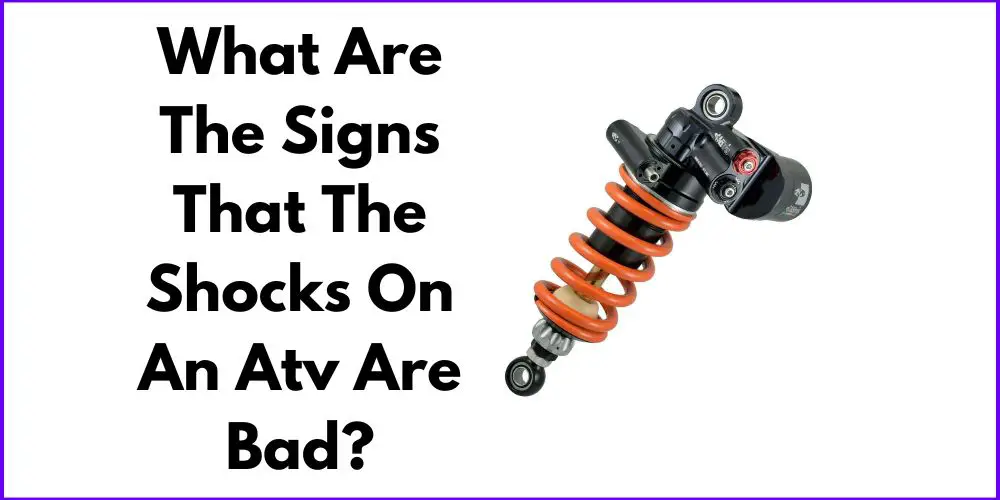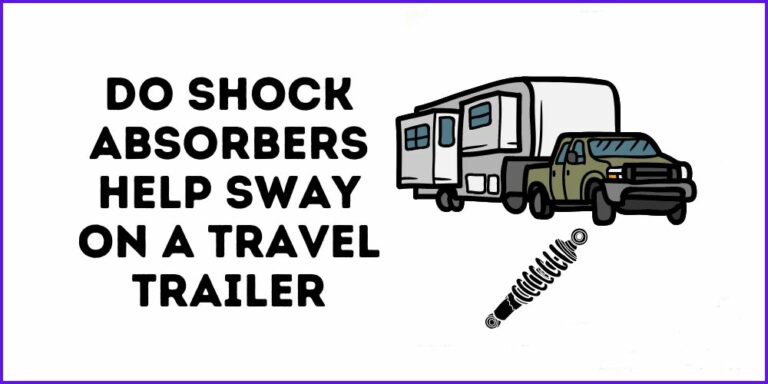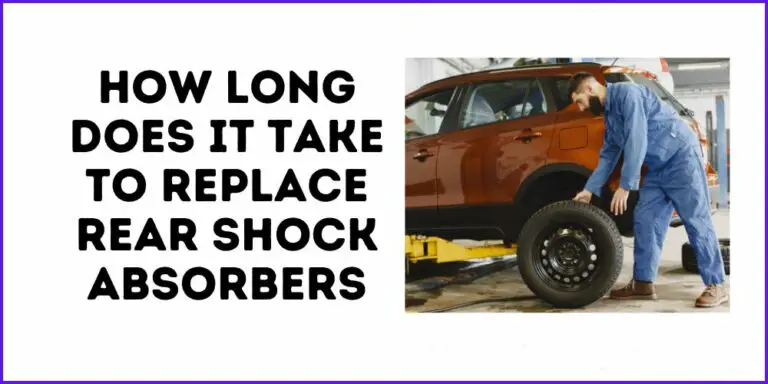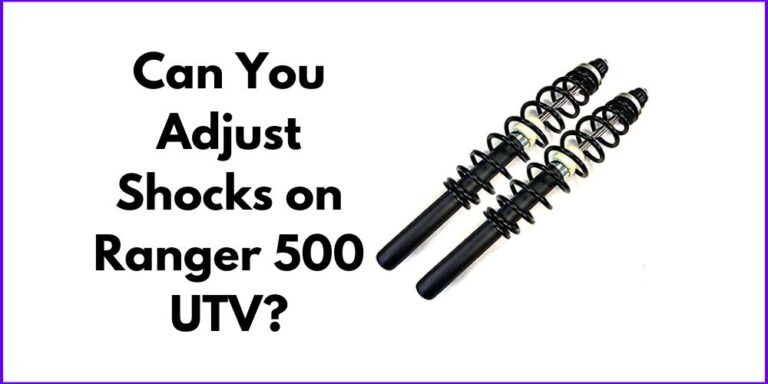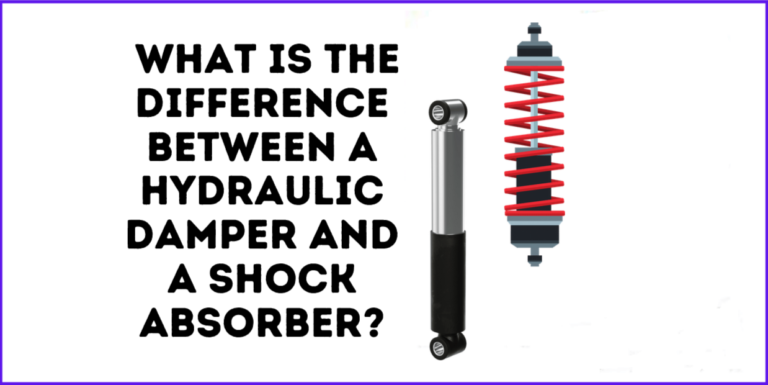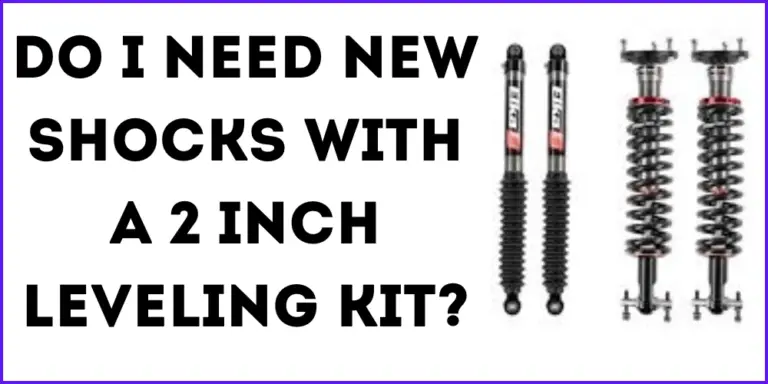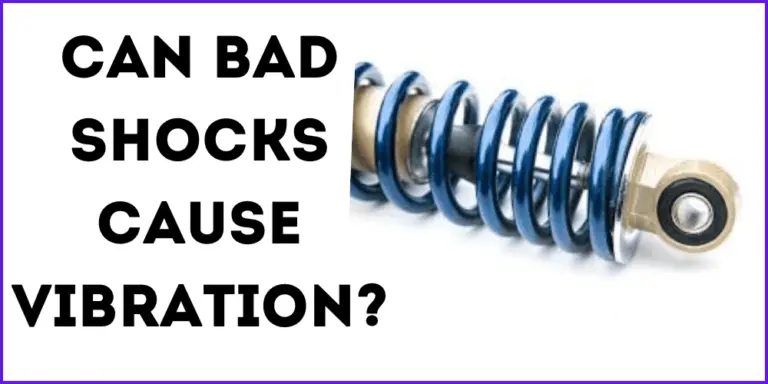ATVs have gained immense popularity for their adventurous nature and practicality in various outdoor activities. However, ensuring the optimal performance and safety of these vehicles is crucial. One crucial component that should not be overlooked is the shocks.
Well-functioning shocks are vital for an ATV’s performance and safety, as they absorb impacts and provide a smooth ride. In this blog post, we will explore the signs of bad shocks and their significance, empowering you to maintain your ATV in top-notch condition. Let’s dive in and learn how to recognize and address potential issues with ATV shocks.
What Are The Signs That The Shocks On An Atv Are Bad?
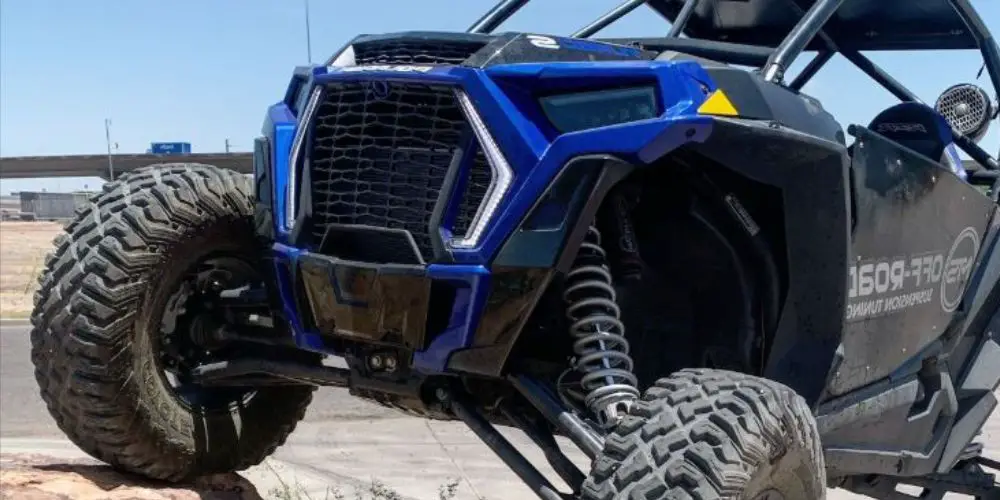
ATV shocks play a critical role in maintaining a smooth and controlled ride, as well as ensuring the safety of both the vehicle and the rider. By understanding the signs that indicate bad shocks, ATV owners can promptly address any potential issues and avoid compromising performance and safety. Let’s explore some of the common signs that indicate the shocks on an ATV may be in need of attention.
- Uneven ride quality: One of the primary indicators of bad shocks is an uneven and bumpy ride. When shocks begin to wear out or lose their effectiveness, they are less capable of absorbing the impact from rough terrain. As a result, the ATV may experience excessive jolts and vibrations, making the ride uncomfortable for the rider. Not only does this compromise the overall riding experience, but it can also lead to increased fatigue and reduced control, making it more challenging to navigate through obstacles or maneuver the ATV effectively.
- Excessive bouncing or bottoming out: Worn-out shocks can result in excessive bouncing or bottoming out, particularly when traversing uneven terrain or encountering significant bumps. Instead of providing the necessary stability and cushioning, bad shocks may allow the ATV to bounce uncontrollably, jeopardizing the rider’s safety and control. Additionally, bottoming out occurs when the shocks fail to adequately absorb impacts, causing the ATV to hit the ground with force. This not only puts excessive strain on the vehicle but also increases the risk of damage to important components, such as the frame or suspension.
- Difficulty in maneuvering and handling: Faulty shocks can significantly impact the ATV’s maneuverability and handling. When shocks are not functioning correctly, the vehicle may exhibit reduced responsiveness and agility, making it harder to steer and control. This can be especially problematic when navigating tight turns, rocky terrains, or steep slopes. The compromised handling increases the likelihood of accidents and decreases the rider’s ability to safely control the ATV.
- Unusual noises or leaks: Another sign of potential shock problems is the presence of unusual noises or fluid leaks. Leaking shocks not only indicate a problem with the shock absorbers themselves but can also lead to a decline in their performance. The leaking fluid compromises the shock’s ability to absorb impacts and maintain stability. Additionally, bad shocks may produce noticeable noises, such as squeaking, rattling, or clunking sounds, especially when going over bumps or rough surfaces. These noises are often indicative of worn-out or damaged shocks and should not be ignored.
By being vigilant and recognizing these signs, ATV owners can take appropriate action and address any potential issues with their shocks. Timely maintenance or replacement of bad shocks ensures a safer and more enjoyable riding experience, while also preserving the longevity and performance of the ATV.
Importance of Regular Shocks Inspection
Regular maintenance and inspection of ATV shocks are crucial for optimal performance and safety. By detecting potential issues early on, you can address them before they worsen and enjoy a worry-free ride.
Regular inspection helps identify signs of damage, leaks, or wear, ensuring that your ATV performs at its best. Timely replacement of bad shocks restores performance, prevents accidents, and prevents further damage to other ATV components.
Steps to Diagnose and Replace Bad Shocks
Diagnosing shocks issues is a crucial step in maintaining your ATV’s performance and safety. Here is a step-by-step guide to help you identify potential problems:
- Inspecting shocks visually: Start by visually inspecting the shocks for any visible signs of damage, such as leaking fluid, dents, or worn-out bushings. Pay attention to the shock absorber’s overall condition, looking for any signs of wear or excessive movement.
- Checking for fluid leaks: Fluid leaks are a common indication of shock problems. Check around the shock absorbers for any signs of oil or fluid leaks. Leaking shocks should be addressed promptly, as fluid loss can lead to reduced performance and potential damage to other components.
- Assessing the shock absorber’s performance: Take your ATV for a test ride to assess the performance of the shocks. Pay attention to any excessive bouncing, bottoming out, or instability during acceleration, braking, or cornering. These issues may indicate worn-out or faulty shocks.
Once you have identified that your shocks need replacement, follow these steps:
- Gathering necessary tools and equipment: Before starting the replacement process, ensure you have the required tools, such as wrenches, sockets, and a jack or lift. Additionally, make sure you have the replacement shocks specifically designed for your ATV make and model.
- Removing the old shocks: Begin by safely raising the ATV and removing the wheels to access the shocks. Disconnect any fasteners or bolts holding the old shocks in place. Carefully remove the old shocks, making note of their orientation and the mounting hardware.
- Installing the new shocks correctly: Install the new shocks in the reverse order of removal, following the manufacturer’s instructions. Ensure that the shocks are properly aligned and securely fastened using the correct torque specifications. Double-check all connections and mounting points before lowering the ATV.
By following these steps, you can diagnose and replace bad shocks, ensuring the continued performance, stability, and safety of your ATV. Regular inspection and timely replacement are essential for maintaining an optimal riding experience and extending the lifespan of your vehicle.
Final Thoughts
All in all, well-functioning shocks are crucial for an ATV’s performance and safety. Signs of bad shocks include uneven ride quality, excessive bouncing, difficulty in maneuvering, and unusual noises or leaks.
Regularly inspecting and maintaining ATV shocks is vital for optimal performance and safety. Prioritizing preventive maintenance and early detection helps address issues promptly. By taking these proactive measures, ATV owners can maximize their vehicle’s potential and minimize risks.
Remember to inspect visually, check for leaks, and assess performance. If replacement is needed, gather the right tools, remove the old shocks, and install the new ones correctly. By prioritizing shocks maintenance, you enhance performance, prolong your ATV’s lifespan, and ensure a safe and enjoyable riding experience.

